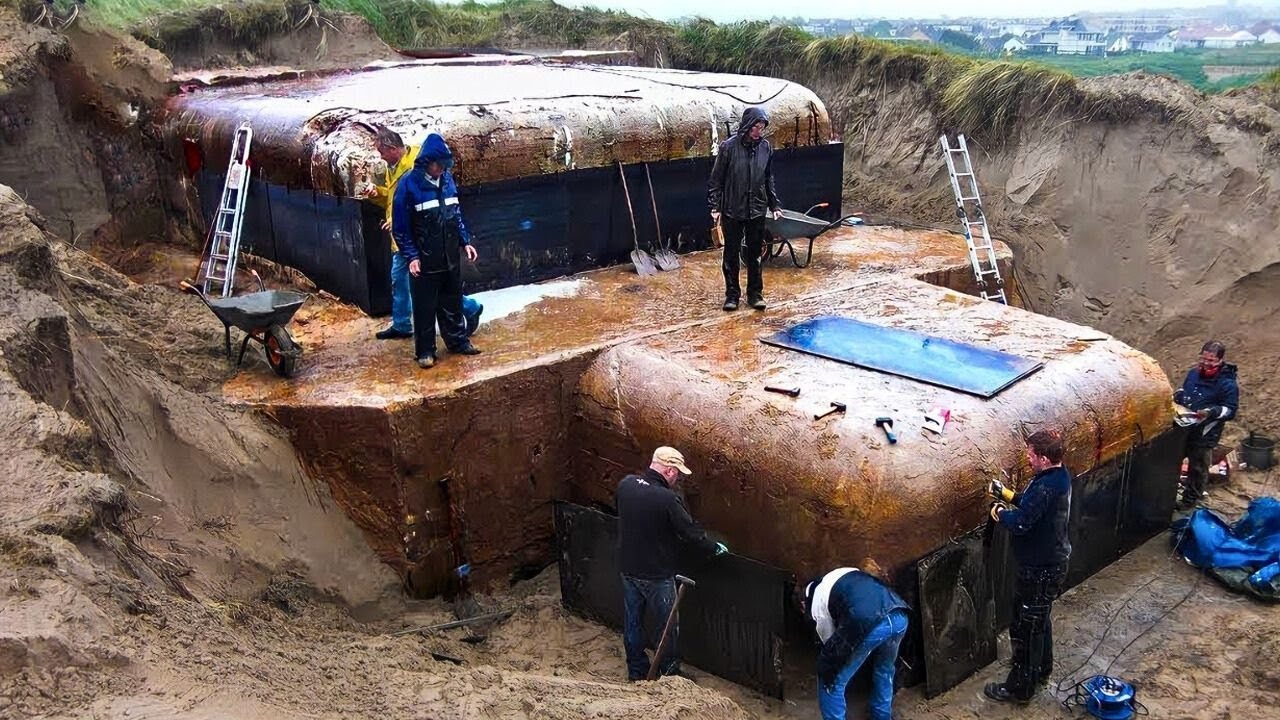
When Lindsay and her family purchased their new home, they expected the usual surprises that come with moving—perhaps an outdated plumbing issue or an unexpected draft in the attic. What they never anticipated, however, was the astonishing discovery lying beneath their feet.

What started as a simple house cleaning quickly turned into an extraordinary historical revelation. Beneath their backyard, hidden away for decades, was an underground bunker filled with artifacts dating back to World War II. The discovery not only fascinated historians but also offered an unexpected glimpse into the past, uncovering a chapter of history that had long been forgotten.
A Mysterious Sound Leads to an Incredible Find
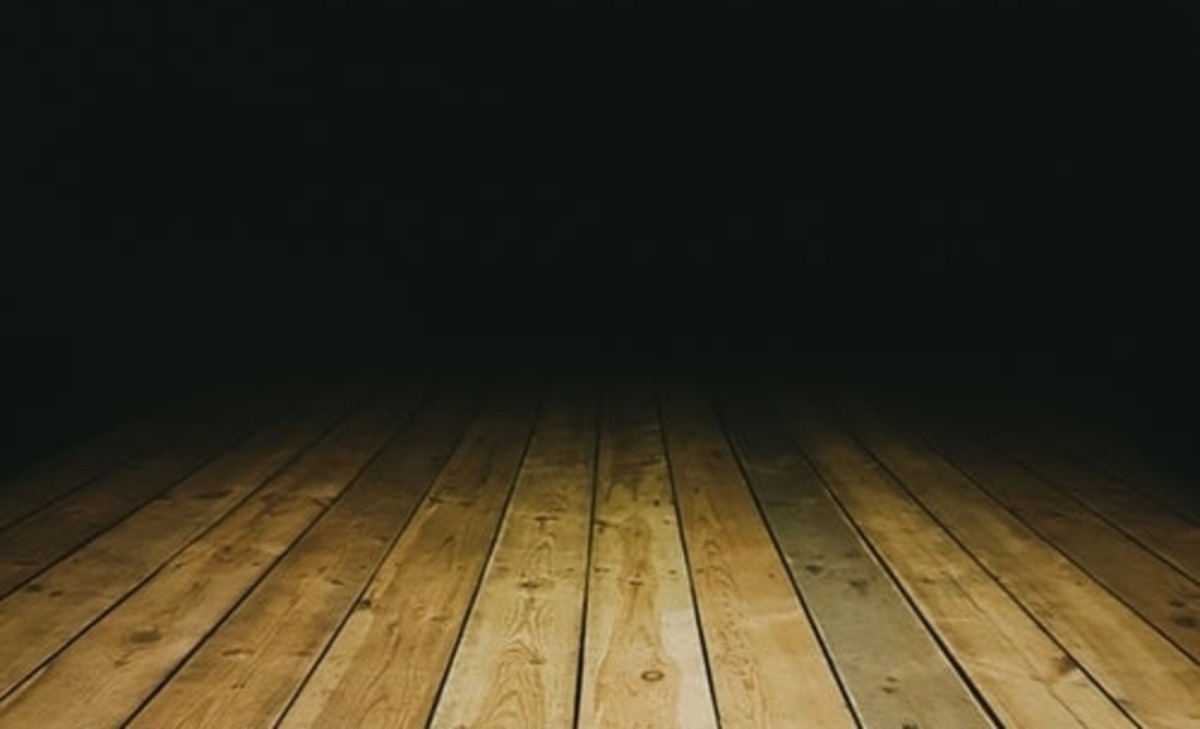
The story began when Lindsay’s family noticed an unusual hollow sound beneath the floor of their scullery. Initially dismissing it as an odd quirk of the house, their curiosity soon got the better of them. As they investigated further, they discovered a concealed metal hatch hidden beneath a cupboard.
Opening the hatch revealed something completely unexpected—a narrow tunnel stretching nearly 100 meters into the depths of the earth. This revelation immediately raised questions: Who built it? Why was it hidden? And what secrets did it hold?
Exploring the Depths
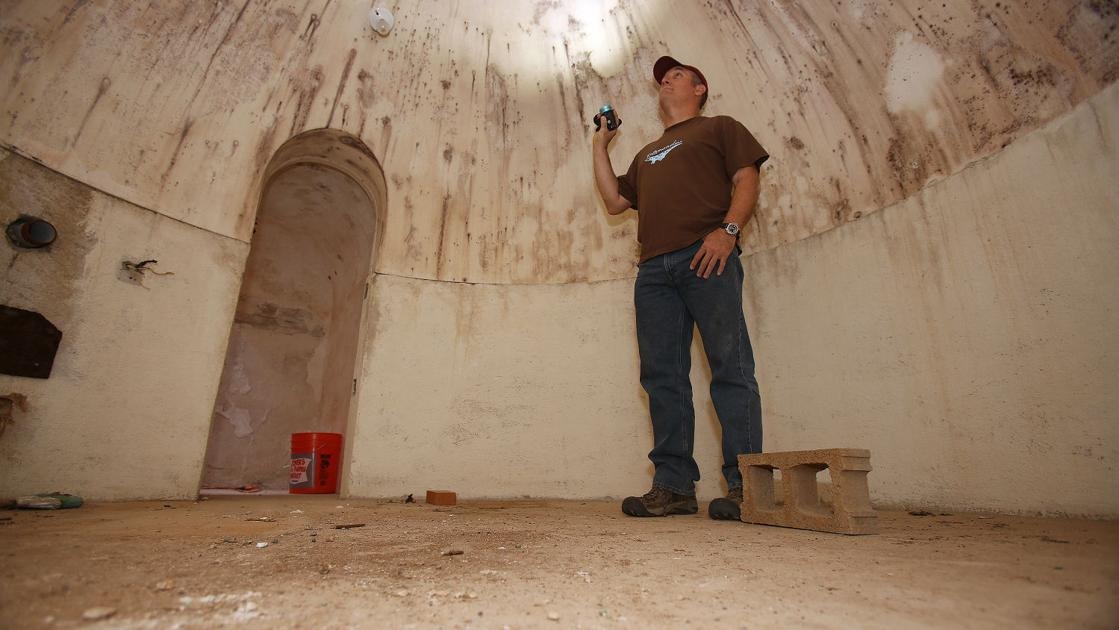
With only a flashlight to guide him, Lindsay’s husband descended cautiously into the dark tunnel while she remained above ground, communicating with him. The tunnel was clearly man-made, with walls carefully carved to create a structured pathway. It was not a natural cave or an accidental formation—it had been constructed with purpose.
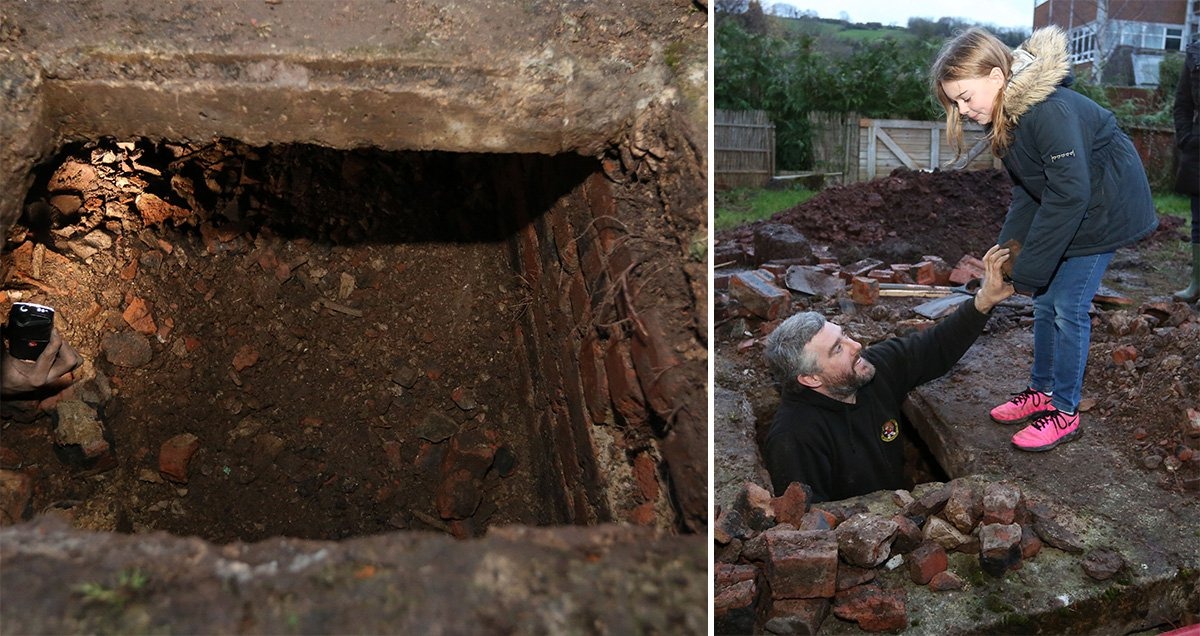
Following the tunnel’s path, they discovered that it led outside into their backyard. What was even more puzzling was a yellow electricity cable running along the floor of the passageway. This suggested that the underground space had once been operational and possibly used for an important purpose.
The Hidden Bunker
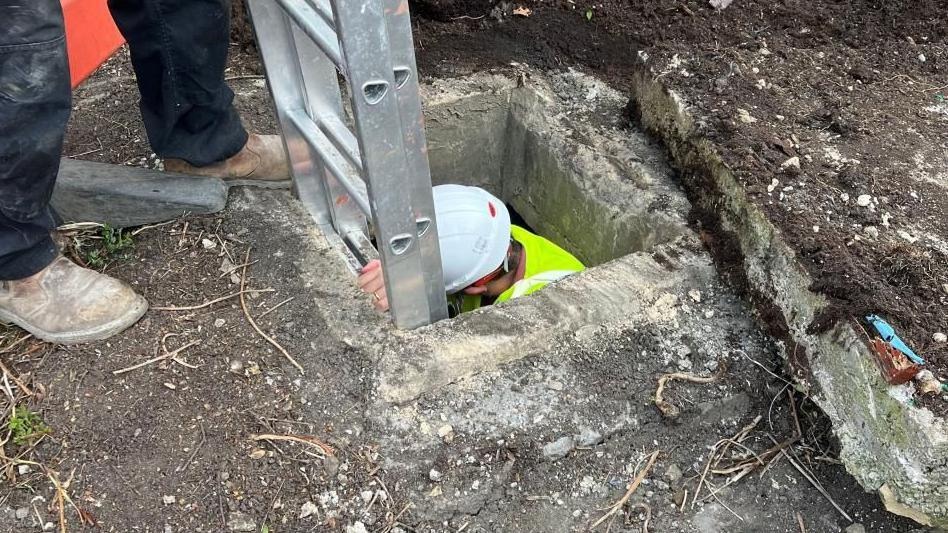
After realizing the significance of their find, Lindsay’s family enlisted the help of an excavation team to further explore the area. As the digging progressed, a larger underground structure came into view—an old, well-preserved bunker.
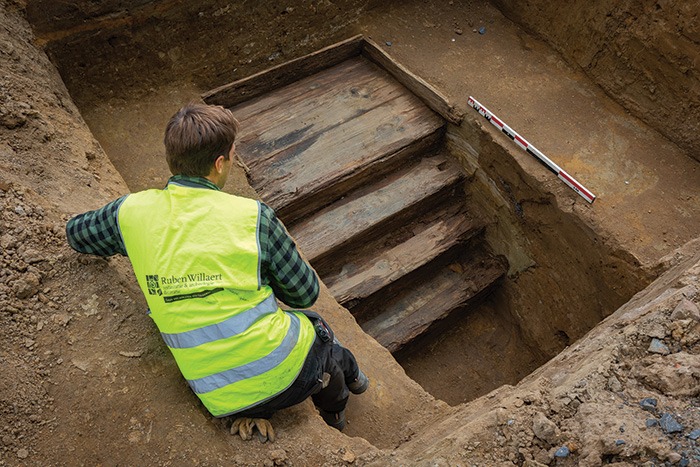
Although it had been partially collapsed over time, the bunker was still in remarkable condition. The team carefully excavated the site, uncovering a network of rooms that had remained untouched for decades. What they found inside provided valuable insight into its past.
Unearthing History: Preserved Artifacts from WWII
Inside the bunker, the family and excavation team uncovered a treasure trove of historical artifacts. Among the most remarkable discoveries were old glass jars filled with whiskey and rum, dating back to 1945. The bottles were astonishingly well-preserved, raising questions about who had stored them and why.
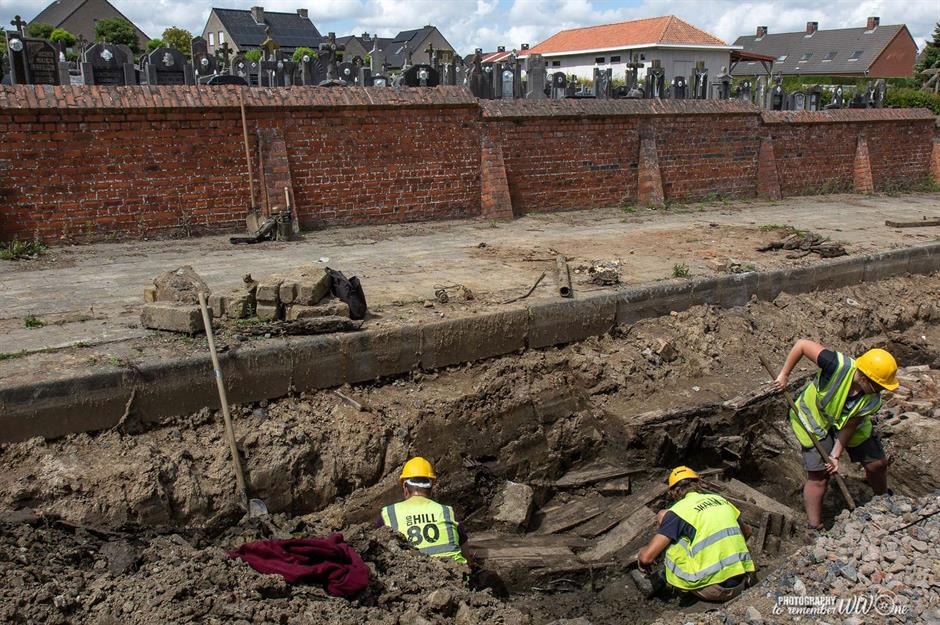
Further exploration led to the discovery of an old suitcase, locked with a rusty padlock. Upon opening it, they found a collection of wartime documents detailing Allied Navy submarine movements. The documents appeared to be of significant historical value, prompting speculation about the role this bunker may have played during World War II.

A Glimpse into the Past
Beyond the documents and preserved bottles, the bunker contained additional clues about its history. A separate room within the structure housed neatly folded clothing, bed sheets, and even storage compartments filled with weapon holsters.

The meticulous organization of the items suggested that the bunker had once been actively used as a shelter or operational space.
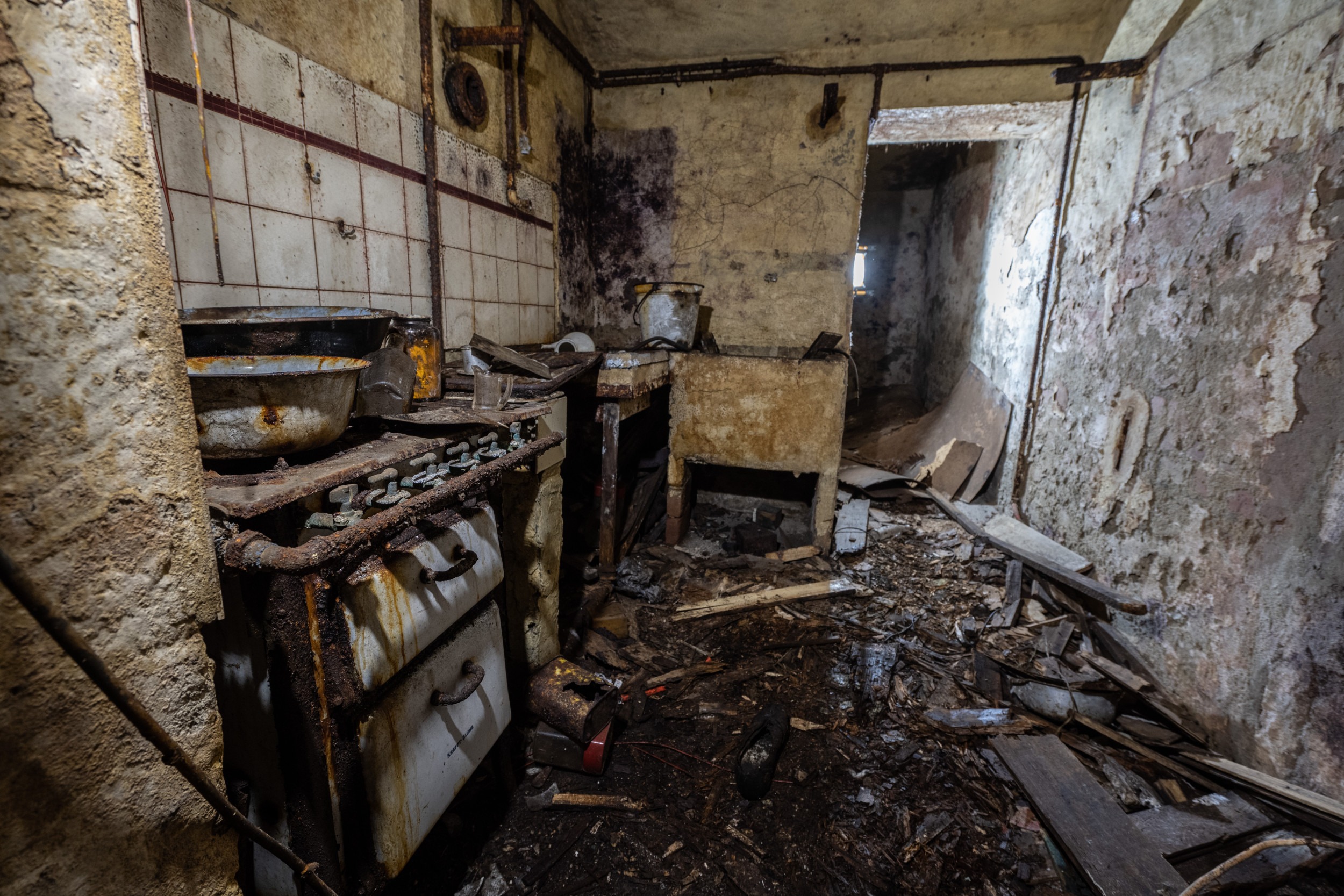
One of the most fascinating finds was an observation tower accessible by a ladder. Here, they uncovered military-grade equipment, including binoculars, more documents, and even remnants of an anti-aircraft defense system. Due to the lack of light and oxygen in the bunker, these artifacts had remained in almost perfect condition.
Transforming the Bunker into a Historical Landmark
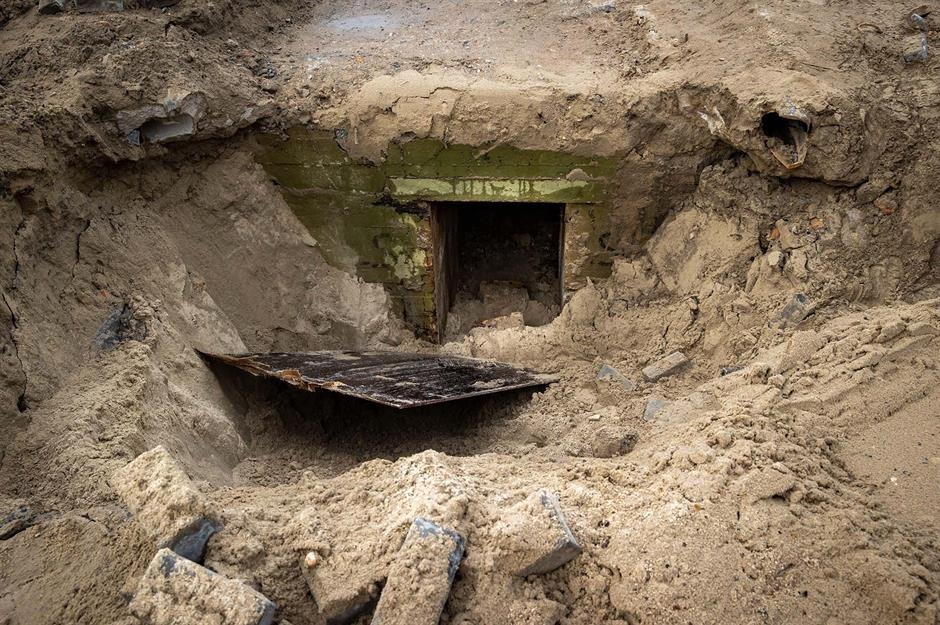
Recognizing the significance of their discovery, Lindsay and her family made the decision to preserve the site rather than keep it private. They worked closely with historians, archaeologists, and local authorities to document the findings and ensure that the bunker could be studied by experts.
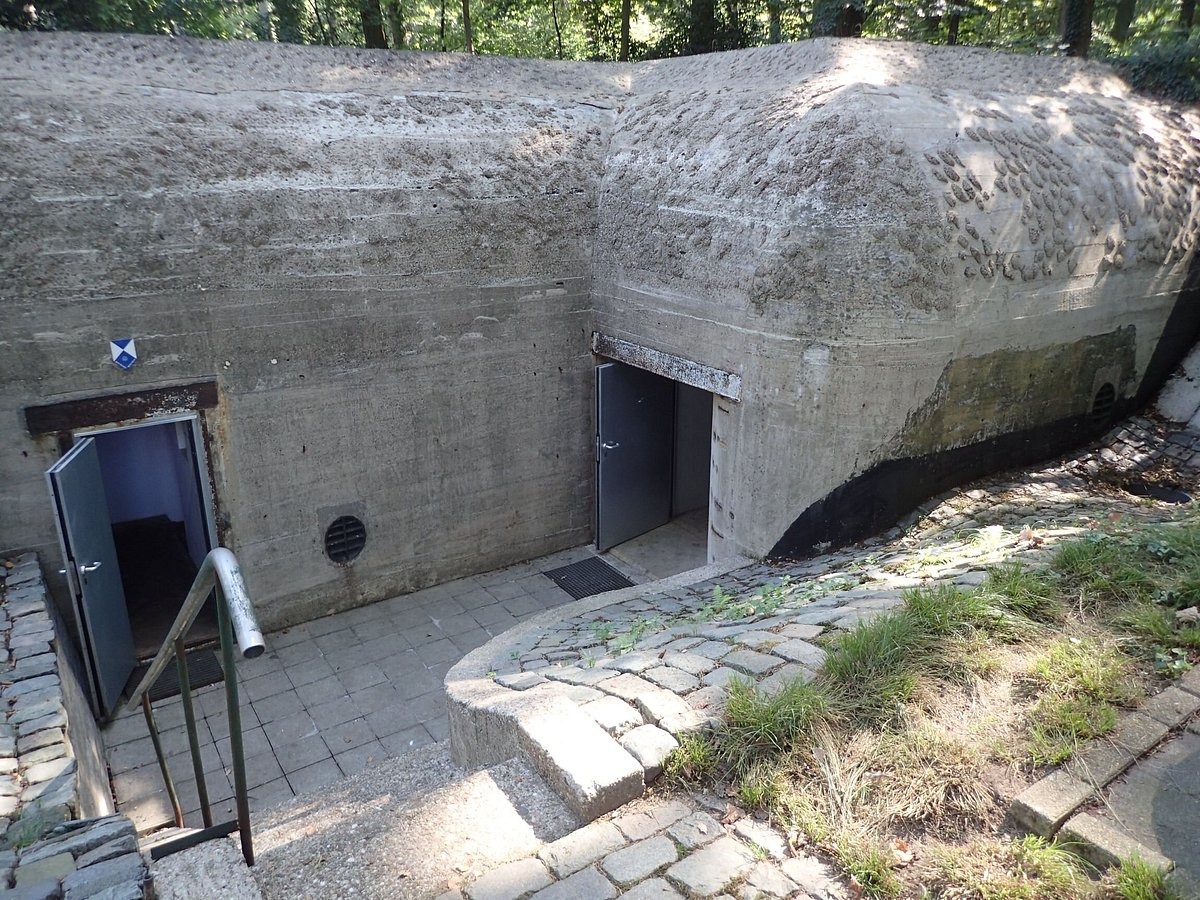
Eventually, the family chose to relocate, allowing the bunker to be converted into a museum. Their former home became an entry point for visitors, offering an immersive experience into history. Even the escape tunnel, which had likely been a critical feature during the war, was kept intact as part of the museum’s educational experience.
A Site That Draws Visitors from Around the World
Today, the bunker stands as an important historical site, attracting nearly a million visitors each year. Open to the public, it provides a unique opportunity to step back in time and witness firsthand the hidden remnants of World War II.
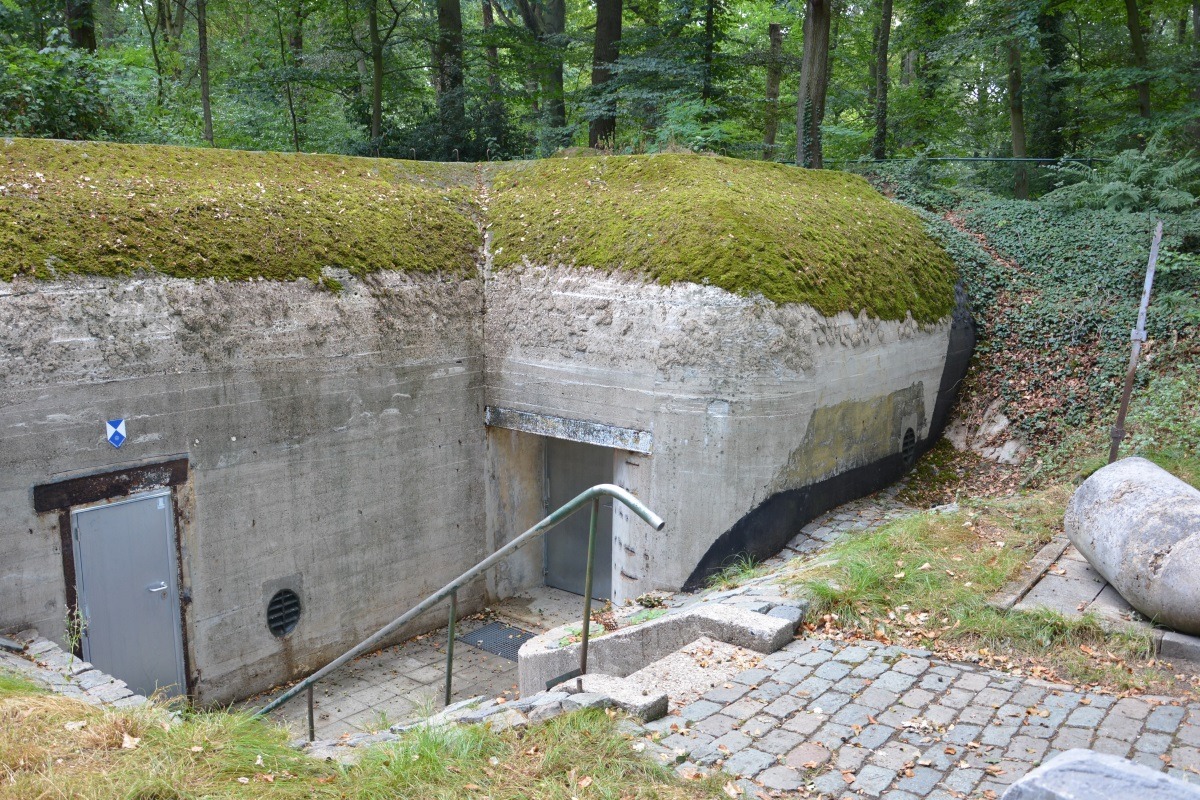
Historians continue to study the documents and artifacts recovered from the site, hoping to gain further insight into its role during the war. While many questions remain unanswered, the discovery has sparked global interest and highlighted the importance of preserving historical sites.
The Importance of Remembering History
Lindsay and her family’s unexpected discovery serves as a powerful reminder of how history is often hidden in plain sight. Beneath ordinary homes and familiar landscapes, the past continues to reveal itself in unexpected ways.
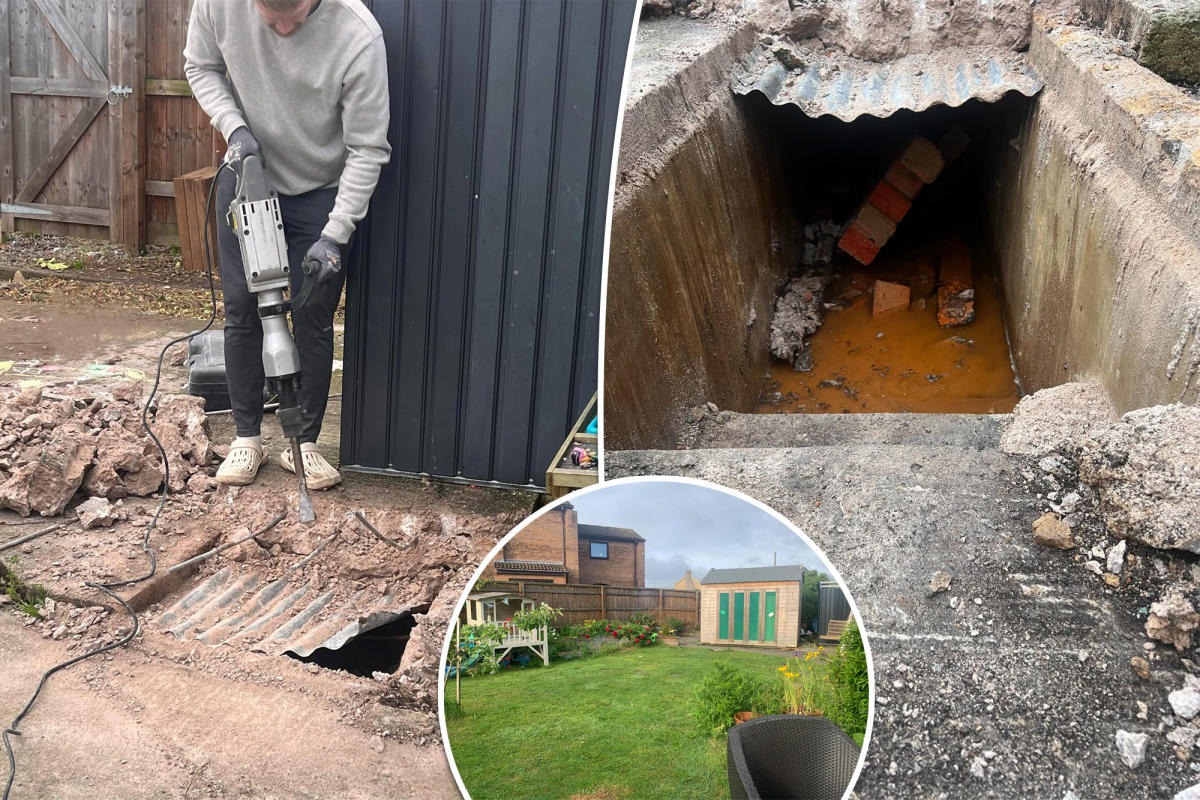
In Lindsay’s own words: “We cannot truly understand the future without looking at where we came from. This bunker is a piece of history that deserves to be remembered, and we are honored to share it with the world.”
The journey from an ordinary home purchase to uncovering a long-lost wartime bunker has captivated many. It stands as a testament to the stories that remain buried beneath us, waiting to be uncovered. Through careful preservation and public engagement, this site now serves as an educational landmark, ensuring that the lessons of history continue to inspire future generations.

No Comment! Be the first one.